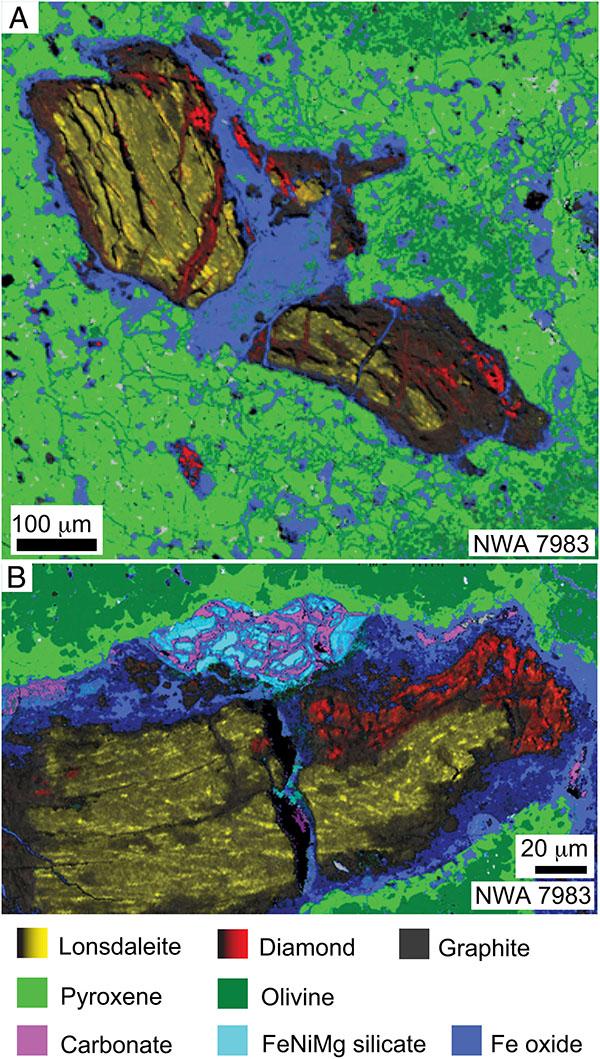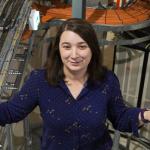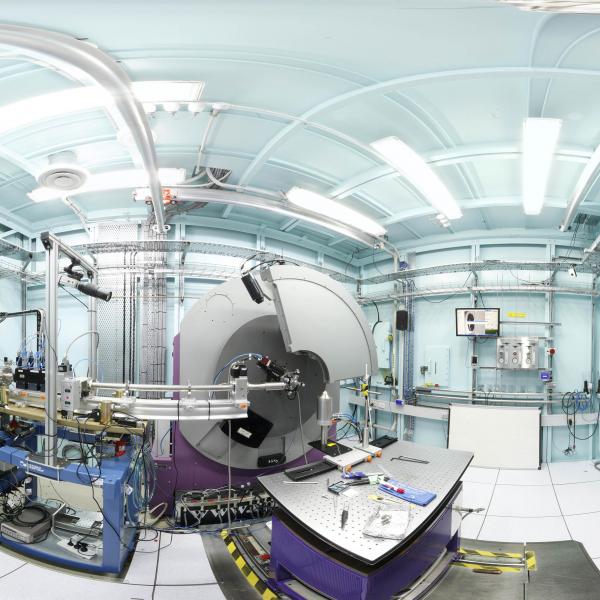

Published on the 14th September 2022 by ANSTO Staff
Australian and international researchers have used ANSTO’s Australian Synchrotron to confirm the presence of an unusual diamond found in stony meteorites.
The ureilite meteorites contain arare hexagonal form of diamond, lonsdaleite, that may have been formed shortly after an ancient dwarf planet collided with a large asteroid about 4.5 billion years ago.
The team of scientists from Monash University, RMIT University, CSIRO, the Australian Synchrotron and Plymouth University confirmed the existence of lonsdaleite and clarified how it was formed in a paper in the Proceedings of the National Academy of Sciences (PNAS) journal. The study was led by geologist Professor Andy Tomkins from Monash University.
Beamline scientists Dr Andrew Langendam and Dr Helen Brand assisted the team with experiments on the powder diffraction beamline.
“Information that indicated the presence of lonsdaleite was gained by other methods but what was needed most was confirmation of lonsdaleite,” explained Dr Langendam.
“Our powder diffraction beamline is able to differentiate complex mineral phases, such as those found in the meteorites.
“X-ray diffraction revealed a series of peaks representing pyroxene, goethite, olivine and lonsdaleite,” he added.
“Because our team has worked extensively with meteorites, we were able to distinguish the lonsdaleite from diamond and from the other minerals despite their smeared peaks, created by structural variability.”
The research team suggested that the unusual structure of lonsdaleite could help inform new manufacturing techniques for ultra-hard materials in mining applications.
Read more on the RMIT website




